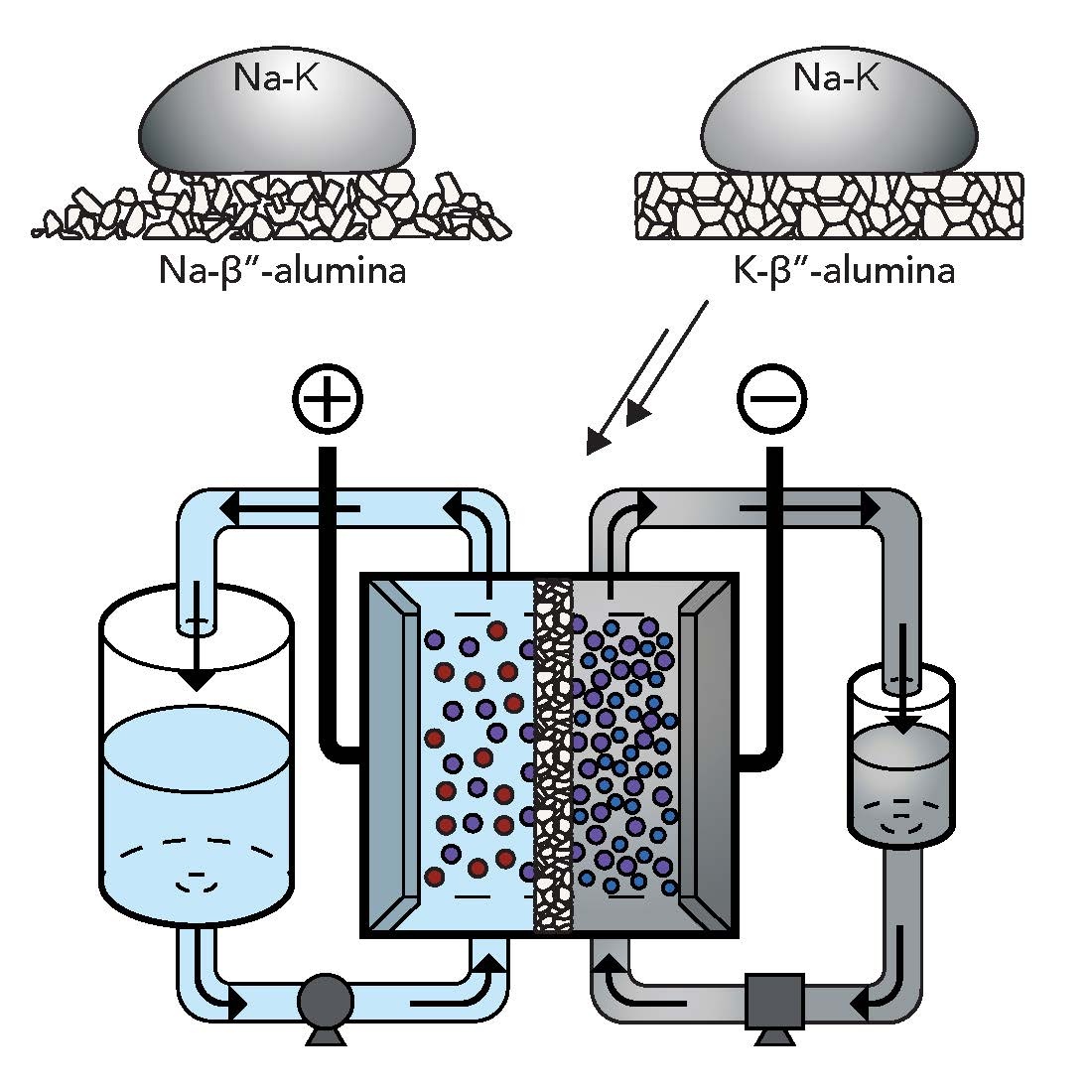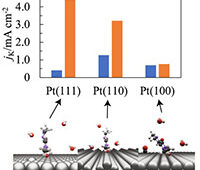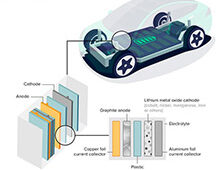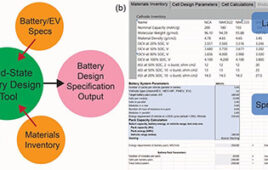
Sodium-potassium alloy is a room-temperature liquid metal that could unlock a high-voltage flow battery. (Image credit: Antonio Baclig)
Using a liquid metal, researchers have improved the energy storage capabilities of flow batteries, while also reducing production costs.
Researchers from Stanford University have created a new type of flow battery with a liquid metal that more than doubles the maximum voltage of conventional flow batteries, which could lead to large-scale wind and solar electricity storage possibilities..
Flow batteries have long been considered as a strong candidate to store intermittent renewable energy, but ultimately have been limited by the kinds of liquids needed that either do not produce enough deliverable energy, require extremely high temperatures or use toxic or expensive chemicals.
Conventional flow batteries have aqueous solutions on both sides, but are constrained in voltage by water splitting.
The researchers were able to bypass the limitations by mixing sodium and potassium to form a liquid metal room temperature that could be used as the fluid for the negative side of the battery. This new combination could have theoretically at least 10 times the available energy per gram as other candidates for the electron donor-side fluid of a flow battery.
“We still have a lot of work to do, but this is a new type of flow battery that could affordably enable much higher use of solar and wind power using Earth-abundant materials,” PhD student Antonio Baclig said in a statement.
The researchers developed a ceramic membrane comprised of potassium and aluminum oxide that allowed them to keep the negative and positive materials separated while allowing current to flow, while more than doubling the voltage of conventional flow batteries. The batteries also remained stable for thousands of hours of operation.
The higher voltage enables the battery to store more energy for its size, while also reducing the cost to produce the batteries.
“A new battery technology has so many different performance metrics to meet: cost, efficiency, size, lifetime, safety, etc.,” Baclig said. “We think this sort of technology has the possibility, with more work, to meet them all, which is why we are excited about it.”
The researchers found that the ceramic membrane very selectively prevents sodium from migrating to the positive side of the cell–critical if the membrane is going to be successful. However, the ceramic membrane is most effective at temperatures greater than 200 degrees Celsius.
The researchers have experimented with developing a thinner membrane that boosted the battery’s power output.
They also tested four different liquids for the positive side of the battery and found that water-based liquids quickly degraded the membrane. However, they believe a non-water based option could improve the battery’s performance.
The study was published in Joule.




